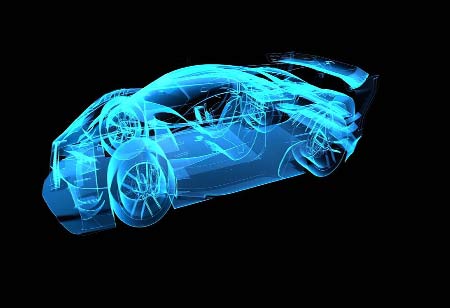EVs can contribute to addressing grid challenges through vehicle-to-grid technology, enabling them to operate as grid assets.
FREMONT, CA: The transportation sector has a great opportunity to replace fossil fuels with electric vehicles (EVs). The transport sector's electrification can also improve energy efficiency and reduce local pollution.
Increasing battery power and faster charging speeds will increase the demand for electricity networks as technology advances. In the future, grids will require further interventions to maintain balance as renewable energy dominates networks, especially intermittent sources like wind and solar photovoltaic (PV) technology.
There is also the potential for operations to be disrupted and destabilized by random fluctuations in demand. The system will require sufficient energy to generate, store, and connect.
Unmanaged energy demand: The major problems caused by unmanaged charging occur at the local grid level, where voltage fluctuations and poor power quality result from increased demand. It is possible to balance EV charging with other grid demands through managed charging. A grid operator can use digital capabilities to detect loads and smartly adjust EV charging based on demand and energy availability from local storage, renewable sources, and EV batteries. Investing in digitization and innovation will be equally important to capitalize on emerging technologies that will ease EV challenges. Utility companies can use smart EV charging and energy management technologies to manage charging, balance grid loads, and transform EVs from grid liabilities to grid assets.
Balancing the load with managed EV charging: Utility companies can capitalize on the EV revolution while protecting the grid by offering managed smart EV charging services to residential and commercial customers. Utilities will benefit from smart charging and energy management regardless of whether they own and operate EV charging infrastructure.
Chargers communicating via a data connection with a management platform enable smart EV charging. Demand-response solutions are used for home and fleet depot charging when the grid load is lower in the early morning hours. Power flow between chargers can be balanced when cars are parked for long periods at a workplace or destination to reduce grid overload. Existing capabilities already exist and are in use. There are many ways to balance the grid's load, but that's one of them. Customers can also manage their EV charging or integrate managed smart EV charging to influence when they charge their electric vehicles.

 Copyright © 2025 AutoTech Outlook. All Rights Reserved | Privacy Policy | Subscribe | Sitemap | About us | Feedback Policy | Editorial Policy
Copyright © 2025 AutoTech Outlook. All Rights Reserved | Privacy Policy | Subscribe | Sitemap | About us | Feedback Policy | Editorial Policy